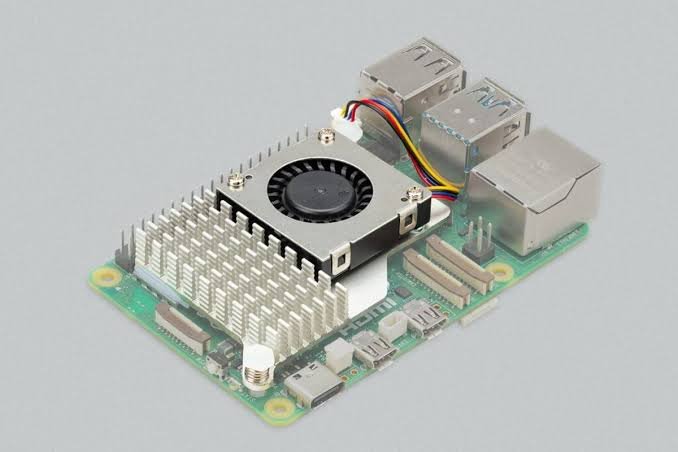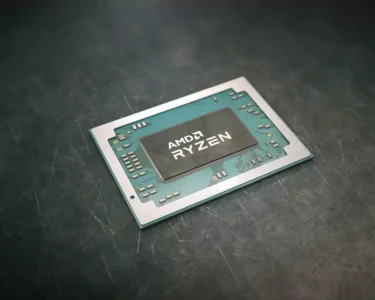Loading Windows 11 on a Raspberry Pi 5 presents a fascinating challenge within the realm of hobbyist computing. While the Raspberry Pi 5 boasts impressive specifications and capabilities, including a powerful ARM-based processor and ample RAM, its compatibility with Windows 11 is not straightforward.
At its core, Windows 11 is designed to run on x86 and x64 architectures, commonly found in traditional desktop and laptop computers. This poses a significant hurdle for those looking to install the operating system on ARM-based devices like the Raspberry Pi 5.
Despite the official limitations, there are ambitious community-driven projects aiming to port Windows 11 to ARM devices, including the Raspberry Pi. These projects often rely on emulation or custom software solutions to bridge the gap between the ARM architecture of the Raspberry Pi and the x86/x64 architecture of Windows 11.
However, the success and stability of such endeavors can vary greatly. Unofficial builds of Windows 11 for ARM devices may lack critical features, suffer from performance issues, or encounter compatibility challenges with specific hardware components.
Key considerations in attempting to load Windows 11 on a Raspberry Pi 5 include addressing driver support for peripherals, ensuring compatibility with essential software applications, and optimizing performance within the constraints of the Raspberry Pi’s hardware capabilities.
Engaging with the vibrant Raspberry Pi community and participating in forums and online discussions can provide valuable insights and assistance throughout the process. Collaborating with fellow enthusiasts, sharing experiences, and troubleshooting together can enhance the likelihood of success in this ambitious undertaking.
Ultimately, the journey of loading Windows 11 on a Raspberry Pi 5 is as much about exploration and experimentation as it is about achieving a functional result. While challenges abound, the pursuit of pushing the boundaries of what is possible with hobbyist computing embodies the spirit of innovation and creativity within the tech community.








